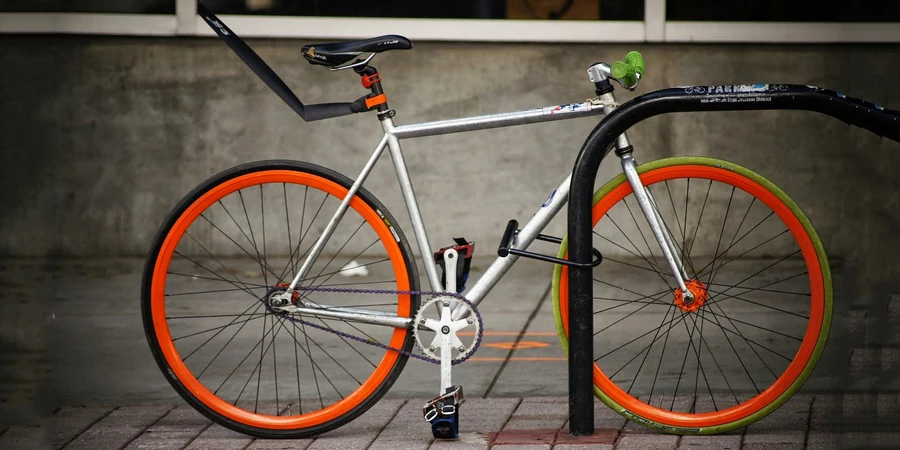Table of Contents
● Introduction
● Market overview
● Key technology and design innovations
● Top-selling models driving market trends
● Conclusion
Introduction
The market for bicycle pedals is going through transformations mainly because of the increasing demand from consumers for more sophisticated and effective designs. As cycling gains popularity for fitness and leisure activities, manufacturers are concentrating their efforts on producing pedals that not only improve performance but also provide increased comfort and longevity to meet the diverse needs of riders. This development aims to satisfy existing market demands and establish fresh benchmarks that will influence the future cycling direction. Retailers are discovering opportunities to provide goods catering to a wider range of customers, from casual bike enthusiasts to professional cyclists. As main players in the industry vie for dominance in a competitive landscape that drives innovation in design and technology forward, both the sector and its consumers reap the rewards of these advancements.
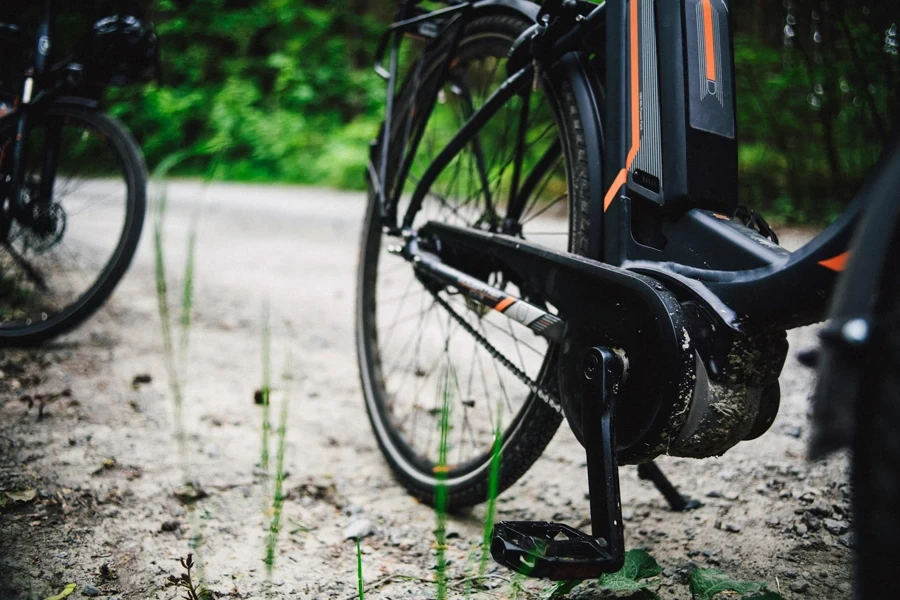
Market overview
The worldwide market for bicycle pedals is seeing expansion due to the increasing trend of cycling for health and eco-friendly transportation purposes. According to Verified Market Reports, the industry is projected to grow at a 7.55% compound annual growth rate (CAGR) from 2024 to 2030 driven by the rising consumer recognition of the health advantages of cycling and a move towards environmentally friendly commuting choices. The use of modern technologies in pedal design to enhance power transfer efficiency and improve comfort is also helping the market grow bigger. This has led manufacturers to develop ideas that cater to the changing preferences of cyclists at all levels, from beginners to pros, driving up demand even more.
In 2023, market analysis from Verified Market Reports revealed that the bicycle pedals industry reached a value of USD 13.55 billion and is ecpted to reach USD 28.75 by 3020. The growth is attributed to availability of many types of pedals, catering to various preferences. Top companies, including Shimano and Lookcycle, are leading the way in innovation alongside Crankbrothers by unveiling fresh designs that distinguish them in a highly competitive market landscape. Incorporating technology like sensors in pedals is anticipated to play a pivotal role in influencing the market’s future trajectory, rendering it a thrilling avenue for expansion.
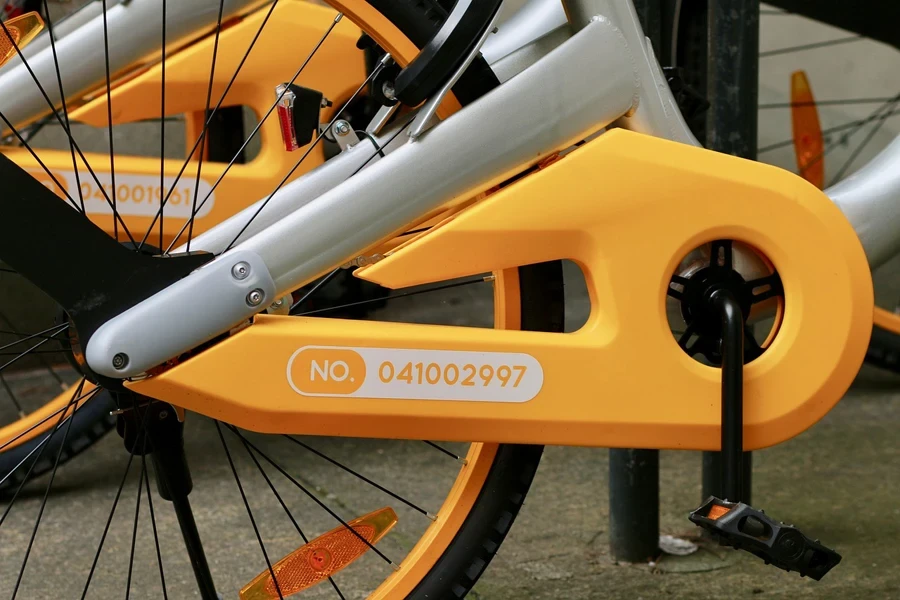
Key technology and design innovations
Power transfer efficiency
The need for bike pedals that enhance power transfer is growing among cyclists and those who compete in races or events requiring high-performance levels. Pedals crafted from materials such as carbon fiber and titanium are gaining popularity due to their ability to decrease the bike weight and optimize energy transfer efficiency from the cyclist’s legs to the drivetrain. These materials provide the rigidity and lasting quality necessary to ensure a steady link between the foot and pedal during intense rides. Manufacturers have been improving power transfer by innovating pedal designs to maximize the effectiveness of every watt of energy the rider generates.
Comfort and ergonomics
The importance of design in pedal innovation has increased significantly recently, with more attention being paid to ensuring comfort for all cyclists, from casual riders to serious enthusiasts. It’s increasingly common to see wider pedal platforms being adopted to offer a bigger surface area for better foot support; this helps alleviate pressure points and reduces foot fatigue, especially during extended rides. Moreover, introducing cleats as a key feature enables cyclists to customize their foot positioning for maximum comfort and efficiency. Pedals containing shock-absorbing materials are becoming increasingly popular among exercise and recreational cyclists. This is because they reduce strain and pressure on joints and muscles, resulting in a smoother and more enjoyable biking experience.
Enhanced grip and stability
In the realm of bicycle pedal design for mountain biking and off-road cycling adventures, emphasis is placed on ensuring a secure grip and solid stability for riders navigating challenging terrains. This is achieved by placing pins or textured surfaces that anchor the rider’s foot even in adverse conditions, like rain or mud. Maintaining a foothold prevents slippage and enhances safety during demanding rides. Enhancements aimed at better grip and stability have sparked innovations that benefit riders using both clipless and falt pedals to improve safety and control in general.

E-bike integration and smart pedals
The rise of e-bikes is leading to advancements in pedal technology tailored to the requirements of bike users. Pedals equipped with built-in sensors have emerged to monitor power output, cadence, and additional performance measures. These intelligent pedals are compatible with cycling apps and e-bike setups, enabling riders to access data to enhance their performance. Incorporating technology into bike pedals is projected to expand further by providing functions such as automatic adjustments according to the rider’s actions and surroundings. Ultimately, this will enhance the cycling experience with a more personalized and intuitive touch.
Durability and long-term use
Ensuring the longevity of pedals is crucial in their design process, for avid riders and those regularly facing tough riding conditions. Pedals made from materials like aluminum alloys and stainless steel are crafted to endure the rigors of frequent use. Moreover, durability over a period entails resilience against corrosion and weather-induced harm, maintaining the functionality and dependability of pedals throughout their lifespan. Companies are dedicated to developing pedals that can withstand tough conditions without compromising their performance features, which is a crucial factor for cyclists involved in backpacking or embarking upon long-distance tours.
Customization and personalization
The trend of customization in bike pedal offerings is gaining traction among cyclists who seek pedals tailored to their requirements and tastes. The options range from interchangeable pins to adjustable tension settings for clipless pedals and even the choice of materials and colors. Customizing pedals isn’t about looks; it’s also about improving performance based on individual riding preferences. Now, cyclists can pick components that elevate their biking adventure by focusing on speed, luxury, or maneuver control. This movement towards personalization mirrors a larger change in the industry as consumers look for items that meet their needs and preferences.
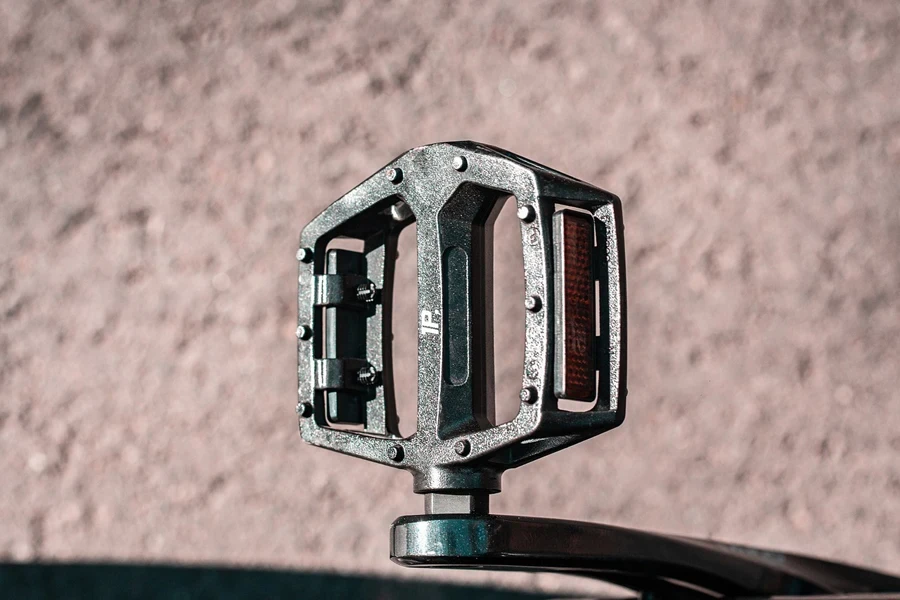
Top-selling models driving market trends
Pedaling innovations catalyst pedals
The Catalyst pedals from Pedaling Innovations are famous for their large platform and distinct mid-foot placement, which improves riders’ efficiency and comfort. They stand out as the largest pedals available at 143mm in length and offer complete support from the toes to the heels. This design proves advantageous during extended rides and challenging terrains by minimizing foot strain and optimizing power transfer. The positioning of the mid-foot promotes a pedaling action that activates major muscle groups in the legs and hips to enhance stamina and reduce stress on the smaller muscles around the ankles and knees. This design has made Catalyst pedals a favored option for backpackers and mountain bikers seeking comfort and performance efficiency.
Shimano-PDM324 hybrid pedals
The Shimano PDM324 hybrid pedals have gained a reputation for their versatility and are popular among dedicated commuters and touring riders. These pedals offer the advantages of both platform and clipless styles to cater to riders who prefer flexibility in switching between clipped-in and flat pedal modes based on their requirements. The Shimano PDM324 pedals provide flexibility for riders on long journeys who value the efficiency of clipless pedals on the road but also enjoy the option to switch to flat pedals for a casual or off-bike experience as needed. Their solid build and consistent performance have solidified their place in the pedal market by attracting riders looking for a balance between performance and ease of use.
Clipless pedals from industry leaders
Some popular clipless pedals in the market are from big names like Shimano and Lookcycle and are widely used by competitive cyclists for their quality and performance benefits. Shimano clipless pedals are known for their design, which ensures a stable and reliable connection between the shoe and pedal during intense cycling activities. Similarly, bike pedals nowadays often use high-tech materials such as carbon fiber and titanium to make them strong and long-lasting. These are qualities that riders love for their performance and durability in competitive cycling where precision and dependability are key factors in success.
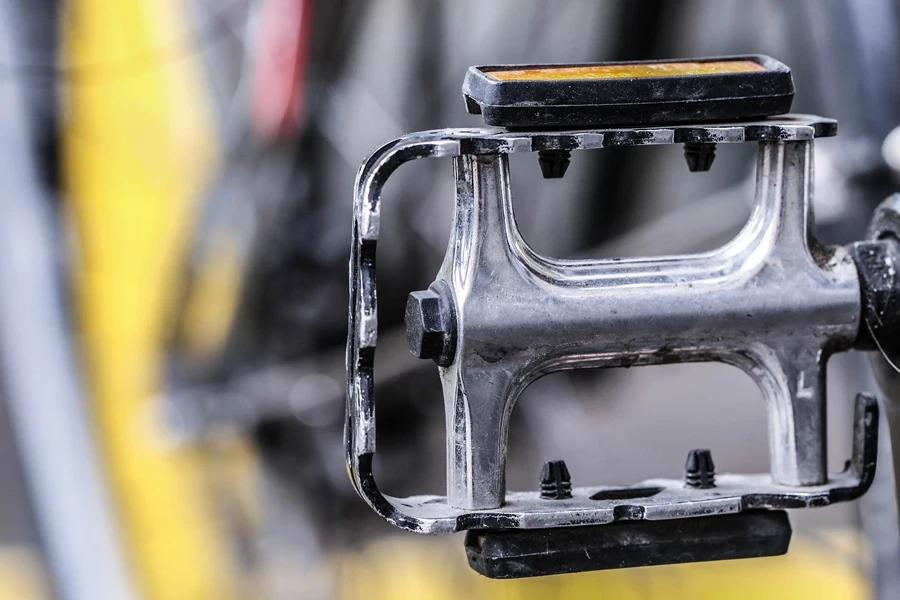
DMR V12 pedals
DMR V12 pedals are a great option for mountain bikers who favor flat pedals. They are recognized for their robust build and exceptional traction due to the wide platform and strategically placed pins that keep the rider’s foot secure even in challenging terrain. Moreover, the V12 pedals are appreciated for their durability, being able to endure the demands of off-road riding. The wide range of color choices and a design that blends style with practicality have made the V12 pedals from the brand ‘DMR’ highly among mountain bikers enthusiasts. Their reputation for combining top-notch performance with a good look has solidified their position as one of the top choices in the flat pedal segment within the biking community.
Crankbrothers eggbeater pedals
Crankbrothers Eggbeater pedals are renowned for their lightweight design that appeals to cross-country and gravel cyclists alike. Thanks to their unique four-sided open structure, they are particularly favored for their ability to shed mud efficiently in off-road settings. The design not only excels at preventing mud buildup but also facilitates effortless entry and exit from the pedals, making them a dependable choice across diverse terrains. Cyclists admire the straightforwardness and effectiveness of the Eggbeater pedals for providing a consistent connection and performing admirably in demanding conditions. These pedals are favored by riders who value performance in any situation due to their durability and simple upkeep.
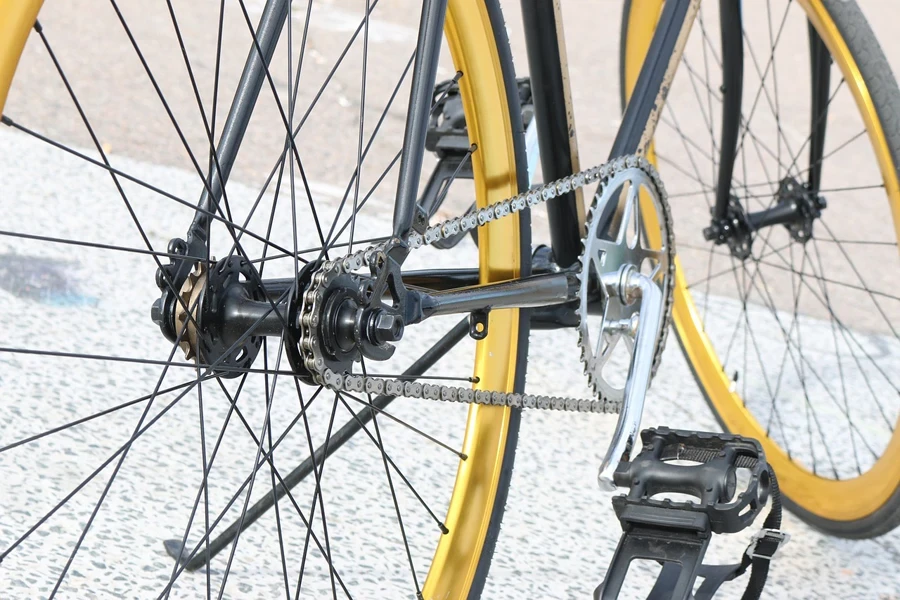
Conclusion
The bicycle pedal sector is changing quickly as market trends and technological advancements establish standards for effectiveness and comfort levels in the industry. Consumers’ increasing demand for sophisticated and specialized products leads manufacturers to create designs that appeal to leisure riders and competitive athletes. The inclusion of modern technology, the application of lightweight yet strong materials, and a focus on ergonomic design principles are fueling competition and propelling the industry toward progress. The top companies in the industry are setting trends by introducing creative products that cater to cyclists’ current demands and forecast upcoming preferences in the market for bicycle pedals. This evolving environment is driving progress in all industry sectors and creating a thrilling period for bike pedal manufacturers and customers . As these advancements persist and evolve further, the sector is set for growth, with fresh prospects and hurdles awaiting ahead.
